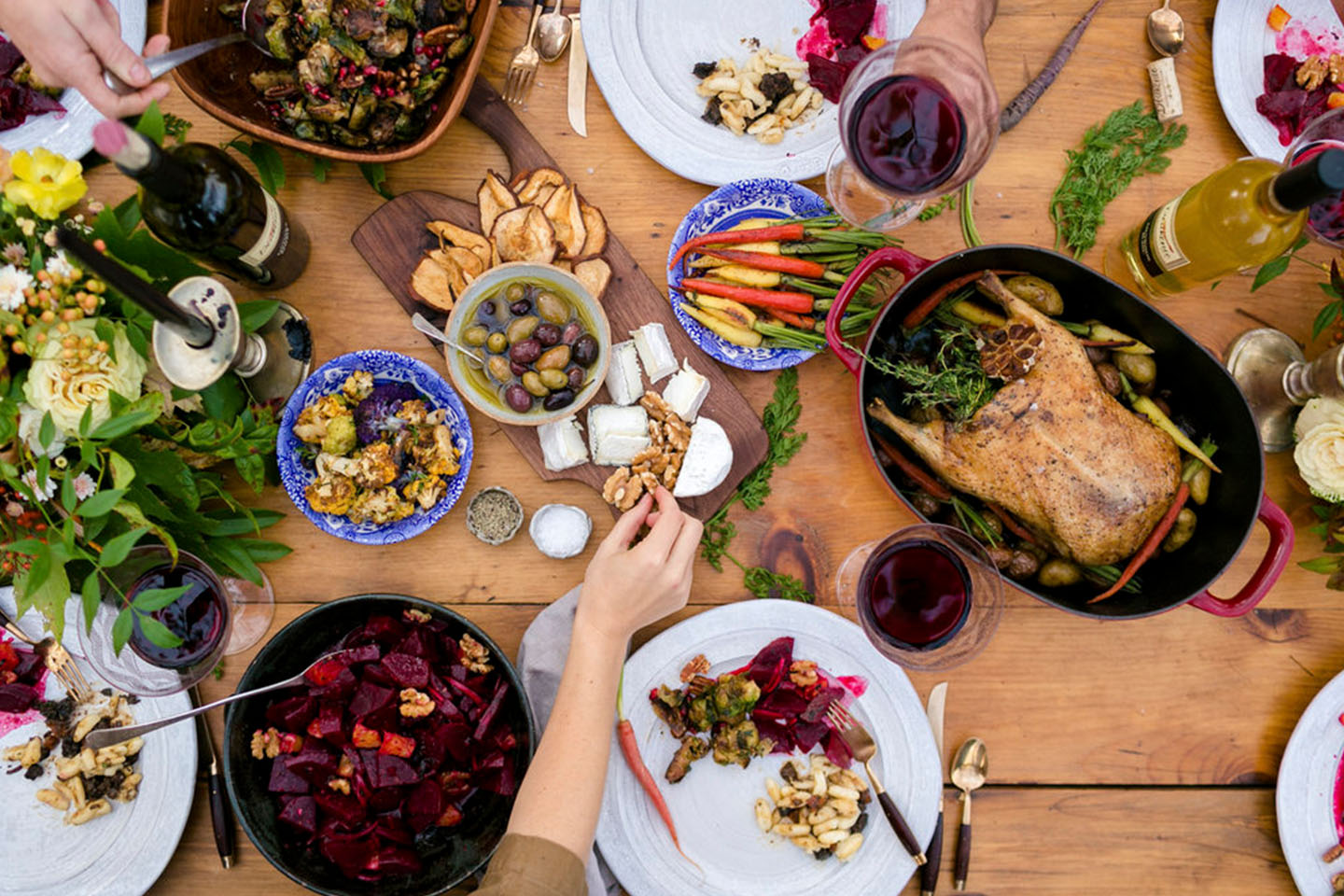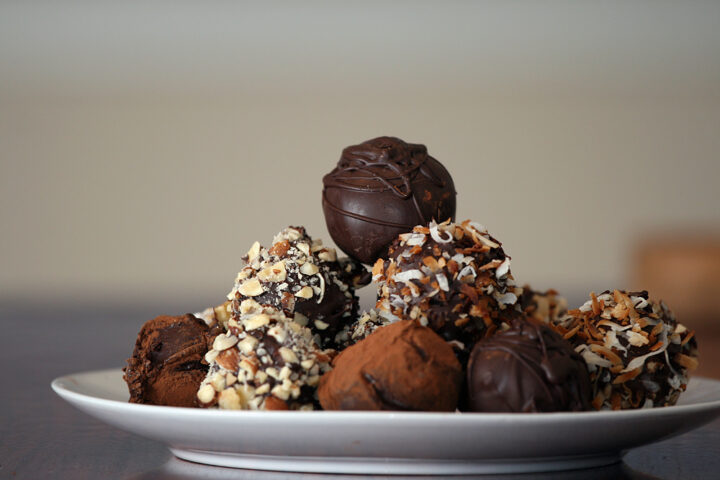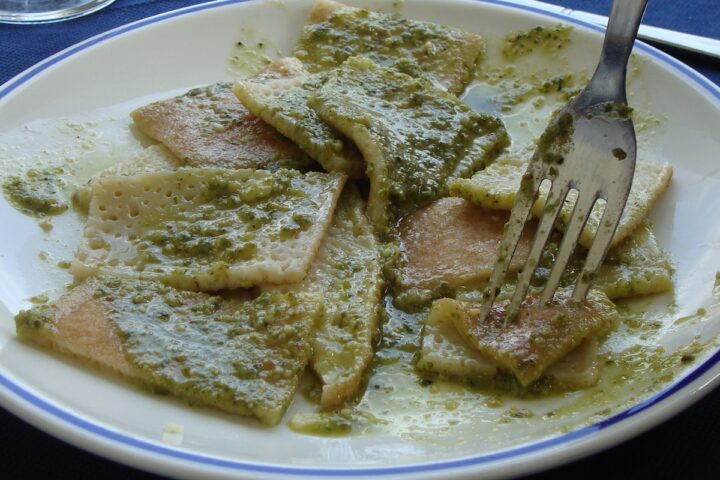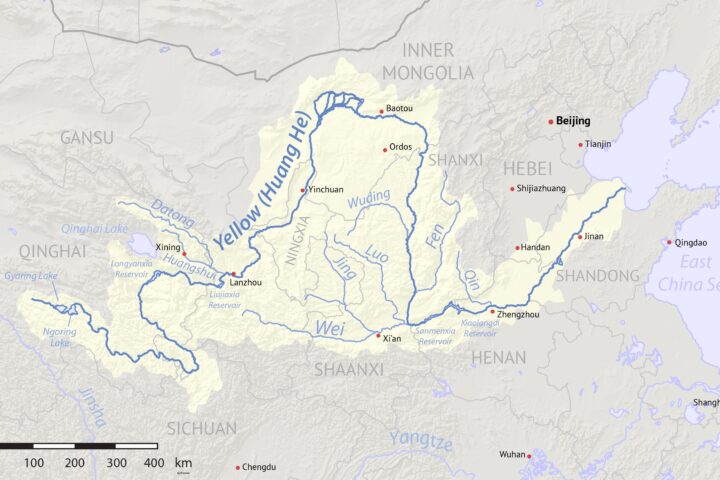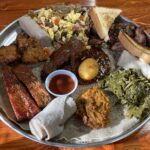Source: dvo_comnewslettermonthly2021novemberimagesculture_Food Traditions- Building a Family Culture
Food is something that unites people all over the globe. Supposed to be merely fuel for life, cultures worldwide transformed it into so much more. There are hundreds of food cultures on this planet today and each offers a new twist to eating.
But even amongst hundreds of cultures, there are many dishes which can overlap with each other in terms of their taste, method of preparation, and/or ingredients. These dishes are all sort of distinct but the essence of their creation is the same. Let’s look at a few.
Wait for it

Source: (In order) https://en.wikipedia.org/wiki/File:Cut-Mango-pickle.jpg ; https://commons.wikimedia.org/wiki/File:Sauerkraut_2.jpg ; https://www.flickr.com/photos/nagy/23219340
Kimchi is a dish native to Korea which is made by fermenting different vegetables in a mixture created specially for it. It is eaten mostly as a side dish with the main food item. Napa cabbages are the most widely used vegetables for kimchi creation, and this dish is known as baechu kimchi. Radish and cucumber can be used to make kkakdugi kimchi and oi kimchi, respectively. Brining, timing, and portioning are the three main steps to keep in mind for making kimchi.
Sauerkraut is another fermented vegetable dish made in Germany which goes great with sausages and mustard. This is made only with pale green or white cabbage, and the cook has to make the perfect brine to ferment the cabbage for the right amount of time.
And one more popular variation is the Achaar made by the Indians. It is similar to a pickle but the way it is made makes it very different. Achaars are made using unripe fruits as well as vegetables and are typically made with either mustard or sesame oil. It’s up to the cook to decide whether they want a sweet and sour achaar, a spicy achaar, or a very tangy one.
Wrap it up
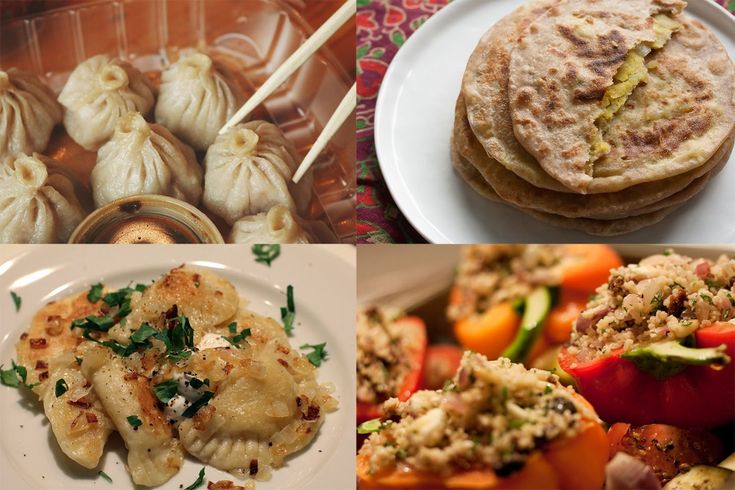
Source: https://www.pexels.com/photo/dumplings-in-plastic-container-3728295/ ; https://www.flickr.com/photos/polkaroo/10129809235 ; https://www.flickr.com/photos/53054235@N03/5365807528 ; https://www.flickr.com/photos/dolmansaxlil/6392565979
Another common ground is found in the case of stuffed foods. Many different food cultures- if not all- have at least one dish which is made by using something as stuffing to put inside either flatbreads or vegetables.
China, Japan, Nepal, Korea, and many other countries have their own versions of dumplings. For this recipe, vegetables, meat, and certain condiments are mixed together to make the stuffing. This is then put inside sheets of flour or wheat flour and then steamed or fried to get the perfect dish. The polish comfort food, Pierogi, are more or less similar to dumplings but are bigger in size and can also be made using cheese.
India has a different approach for this- unlike dumplings which are rolled into a ball-like shape, parathas are rolled out flat. These are stuffed with boiled vegetables mixed with spices and then, cooked on a pan using oil.
Now, what to do if someone doesn’t have any flour? Use vegetables! That’s what many other cultures do. The stuffing is put inside other vegetables like bell peppers and jalapenos which are then cooked to perfection for the perfect stuffed dish!
Porridges

Source: https://www.pexels.com/photo/bowl-of-oatmeal-with-fresh-fruits-4725737/ ; https://www.flickr.com/photos/avlxyz/5396764288
Congees from Asia and Oat meals from almost every other food cuisine in the world are quite similar.
Oats are the main ingredient used for making oat meals. There are three types of oats used: rolled oats, quick oats, and steel cut oats. You can choose any combination you want and cook the oats of your choice in milk or water (I recommend milk though). Cook it on heat until it thickens, add sugar or honey, and then, garnish it with the toppings you like.
Congees are made by boiling rice instead of oats in water for a long time first and then, stir it until it cooks. But take care to not let it stick together. You can add meat, vegetables, spices, and condiments with it.
Cakes in a Pan
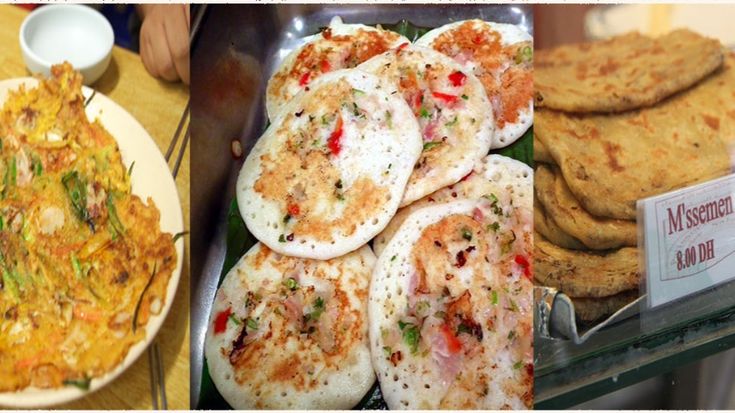
Source: https://commons.wikimedia.org/wiki/File:Korean.pancake-Pajeon-02.jpg ; https://www.flickr.com/photos/rameshng/5723319744 ; https://www.flickr.com/photos/geographyalltheway_photos/6935110470
Pancakes are also very diverse. Other than the usual sweet pancakes, many cultures like to cook it in a different flavor.
South Indians like to cook pancakes made with fermented dal batter. ‘Dal’ is the word used for pulses. The batter is made by soaking two types of pulses along with fenugreek seeds. If you want to add rice, you can also soak rice with these. After this, the soaked mixture is made into a fine batter, spices are added, and then, it’s pan-fried using oil. While cooking, you can garnish it with chopped vegetables. And lo! It’s done. This is the Uthappam.
Koreans bring a twist to this recipe. Jeon is cooked by coating the preferred food item in a flour and egg mixture. This is also pan-fried in oil after the addition of thinly sliced meat, seafood, and other vegetables. If it is made using shredded beef, it is called yukjeon. If oysters are used, then, it is called guljeon. Similarly, kimchi pancakes are called kimchijeon and green onion pancakes are called pajeon.
Moroccan pancakes are different in taste and shape both. Msemen are square, laminated pancakes popular in Morocco, Tunisia, and Algeria. These are prepared by kneading flour and adding yeast to ferment it. Once the dough is ready, it is rolled out, laminated, and cooked. After finished, these can be eaten plain or eaten with honey, jam, butter, or even, cheese!
Animal Blood

Source: https://www.flickr.com/photos/52442953@N05/7825250248 ; https://www.flickr.com/photos/rjw1/7521803658
Yes, you read it right! Animal blood is also part of some cuisines and eaten (and liked) by many.
The Finnish like to eat the Mustamakkara which is a blood sausage made from pork meat, pig’s blood, pork fat, crushed rye, and flour. It can be eaten for breakfast and lunch both. You will find it extremely juicy in the center, dark in color, and crisp outer texture, and its best enjoyed fresh.
Dinuguan is made and eaten by Filipinos who also call it ‘chocolate meat’. Unlike the sausage-like dish preferred by the Finnish, this is a pork stew which includes diced pork, pork blood, and spices. It’s recommended to be eaten with rice or puto.
This marks the end of the list. Which dish does your food culture resonate with the most?
Resources
Wait for it
- Sue. (2022, January 24). Kimchi Recipe (Napa Cabbage Kimchi). My Korean Kitchen. https://mykoreankitchen.com/kimchi-recipe/
- Hornby, J. (2016, January 18). How to make sauerkraut. Bbcgoodfood.com; Good Food. https://www.bbcgoodfood.com/recipes/simple-sauerkraut?IGNORE_GEO_REDIRECT_GLOBAL=true&v=2131634551
- All About Achaar, the Indian Pickle: Recipe and Tips – 2024 – MasterClass. (2020). MasterClass. https://www.masterclass.com/articles/all-about-achaar-the-indian-pickle-recipe-and-tips
Wrap it up
- Handler, R. (2024, June 13). Stuffed Peppers. Delish; Delish. https://www.delish.com/cooking/recipe-ideas/a23014857/classic-stuffed-peppers-recipe/
- https://www.facebook.com/allrecipes. (2024). Homemade Dumplings. Allrecipes. https://www.allrecipes.com/recipe/6900/dumplings/
- Anna. (2021, February 10). Authentic Polish Pierogi Recipe. Anna in the Kitchen. https://annainthekitchen.com/authentic-polish-pierogi-recipe/
- swasthi. (2021, July 20). Paratha Recipe – Swasthi’s Recipes. Swasthi’s Recipes. https://www.indianhealthyrecipes.com/paratha-recipe-plain-paratha/
Porridges
- Judy. (2019, October 2). 20-Minute Congee (皮蛋瘦肉粥). The Woks of Life. https://thewoksoflife.com/20-minute-congee-recipe/
- How. (2024, March 31). How to Make Oatmeal. Feel Good Foodie. https://feelgoodfoodie.net/recipe/how-to-make-oatmeal/
Cakes in a Pan
- Benlafquih, C., & Benlafquih, C. (2017, September 26). Msemen Recipe – Square Moroccan Pancakes or Rghaif – Taste of Maroc. Taste of Maroc. https://tasteofmaroc.com/msemen-recipe/
- swasthi. (2022, July 10). Uttapam Recipe – Swasthi’s Recipes. Swasthi’s Recipes. https://www.indianhealthyrecipes.com/uttapam-recipe-uthappam/
- TasteAtlas. (2016, June 28). Jeon | Traditional Pancake From South Korea, East Asia | TasteAtlas. Tasteatlas.com; TasteAtlas. https://www.tasteatlas.com/jeon
Animal Blood
- TasteAtlas. (2017, January 31). Mustamakkara | Traditional Blood Sausage From Tampere, Finland | TasteAtlas. Tasteatlas.com; TasteAtlas. https://www.tasteatlas.com/mustamakkara
- Manalo, L. (2019, August 30). Dinuguan, also known as chocolate meat, is a savory dish made with diced pork, pork blood, and spices. This classic Filipino pork stew is hearty, boldly flavored, and delicious as a main meal with steamed rice or a midday snack with puto. Kawaling Pinoy. https://www.kawalingpinoy.com/dinuguan/

